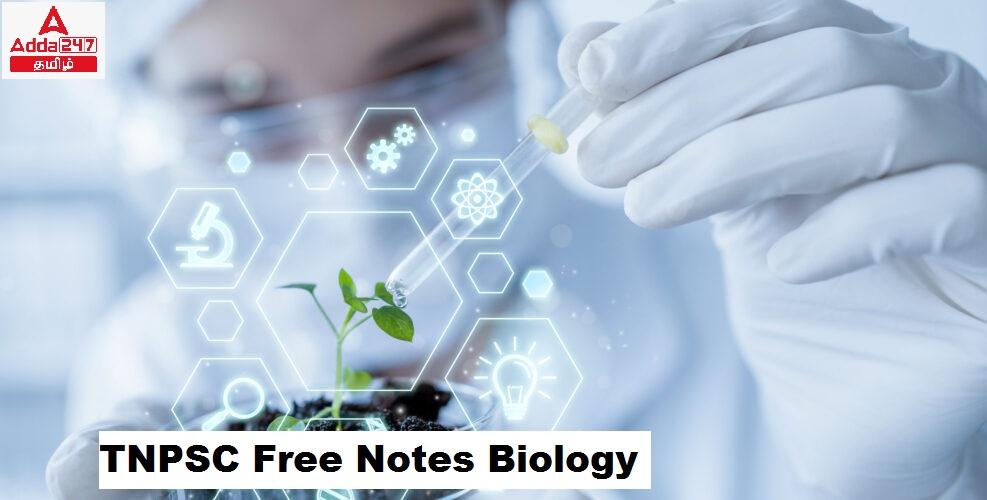இந்தக் கட்டுரையில், TNPSC குரூப் 1, குரூப் 2, குரூப் 2A, குரூப் 4 மாநிலப் போட்டித் தேர்வுகளான TNUSRB, TRB, TET, TNEB போன்றவற்றுக்கான முறைகள் இலவசக் குறிப்புகளைப் பெறுவீர்கள்.தேர்வுக்கு தயாராவோர் இங்குள்ள பாடக்குறிப்புகளை படித்து பயன்பெற வாழ்த்துகிறோம்.
Mutations
Sudden change in the genetical set up of an organism is defined as mutation.
In 1901, Hugo de Vries first used the term mutation based on his
observation on Oenothera lamarckiana.
Charles Darwin termed these, sudden change as ‘sports’.
Based on molecular basis of heredity, mutation is defined as sudden change
in the sequence of nucleotides of gene.
The mutation brings about a change in the organism. The organism
which undergoes mutation, is called a mutant. e.g. Oenothera lamarckiana.
Mutations that affect the biochemical reactions are called biochemical
mutations. For example, biochemical mutants of
Neurospora failed to synthesize certain amino acids.
Some mutations drastically influence the genes and cause death to the
individual. Such mutation is described as lethal mutation. For example, in
the plant Sorghum, recessive mutant fails to produce chlorophyll and
therefore they die in the seedling stage.
Although most of the mutations are useless and even harmful, and some of
the mutations play a significant role in the evolution of new species.
Many new strains of cultivated crops and new breeds of domesticated
animals are the products of gene mutations
Classification of mutation:
Mutations have been classified in various ways based on different criteria.
Depending on the kind of cell in which mutations occur, they are classified
into somatic and germinal mutation.
They may be autosomal or sex chromosomal according to their type of
chromosome in which they occur.
They may be spontaneous or induced according to their mode of origin.
They may be forward or backward according to their direction.
They may be dominant or recessive according to their phenotypic
expression of mutated genes
The factors that cause genetic mutations are called mutagens or mutagenic
agents.
Mutagens are of two types, physical mutagens and chemical mutagens.
Muller (1927) was the first to discover a physical mutagen in Drosophila.
Physical Mutagens:
Scientists use temperature and radiation such as X-rays, gamma rays, alpha
rays, beta rays, neutrons, cosmic rays, radioactive isotopes and ultraviolet
rays to cause mutations in various plants and animals.
Chemical Mutagens:
Mutations induced by chemical substances are called chemical mutations.
These include mustard gas, nitrous acid, ethyl and methyl methane
sulphonate (EMS and MMS), ethyl urethane, magnous salt, formaldehyde,
eosin and enthrosine.
**************************************************************************
| Adda247 TamilNadu Home page | Click here |
| Official Website=Adda247 | Click here |









